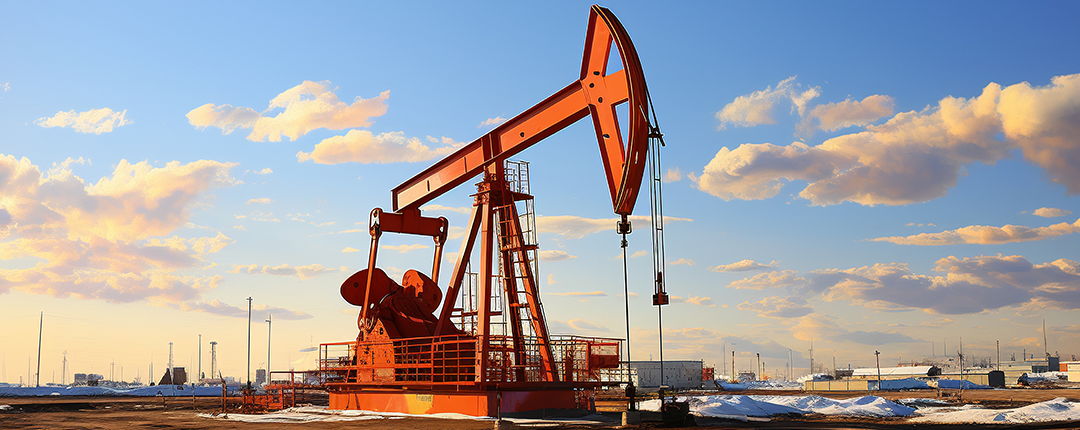The particularity of production technology requires high reliability of power supply, and even a slight mistake in the power system may cause serious safety accidents and significant environmental damage accidents in chemical plants. The internal power grid of petrochemical enterprises generally includes three links: transmission, generation, and distribution. The reliability requirements for power supply and distribution are very high. For continuously operating petrochemical enterprises, a few cycles of power system failure can cause a large number of production facilities to shut down, and even lead to catastrophic consequences. The load is relatively stable and the three-phase is relatively balanced. The load of petrochemical enterprises is relatively stable, with little variation in the daily load curve. After the production equipment operates normally, the load remains almost unchanged for weeks or even months. There are a certain number of nonlinear loads, such as frequency converters, UPS, DC power supplies, rectifier transformers, and thyristor controlled electric heaters. Another characteristic of petrochemical enterprises is the gradual expansion of electricity load. Adding new equipment and renovating and expanding capacity are common occurrences in petrochemical enterprises. Therefore, when designing the power supply and distribution system within petrochemical enterprises, sufficient room for expansion must be considered.
